Tough-1 Horse Spray Boom – 111630399
The Tough1 Horse Shower Boom mounts to the wall and allows the hose to pass over your horse while bathing. This horse hose boom keeps your hose up off the ground and out from under the horse’s feet. The horse wash stall sprayer boom fits standard size garden hose.
The Tough1 Horse Shower Boom mounts to the wall and allows the hose to pass over your horse while bathing. This horse hose boom keeps your hose up off the ground and out from under the horse’s feet. The horse wash stall sprayer boom fits standard size garden hose.
- Keeps hose up off ground and out from under horse’s feet
- Fits standard size garden hose
- Hose not included with horse hose boom
- Extends 5′ 2″ from wall to allow hose to pass over horse
- Horse wash stall sprayer boom is not adjustable
- Horse shower boom comes in black
Note: This product may require up to 2 additional days for order processing prior to shipping
Additional information
| Number Of Positions | 180 |
|---|---|
| Number Of Steps/Tiers | 1 |
| Primary Material | Steel |
| Manufacturer Part Number | 88-400-0-0 |

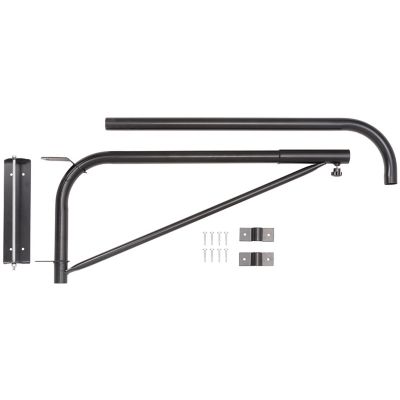
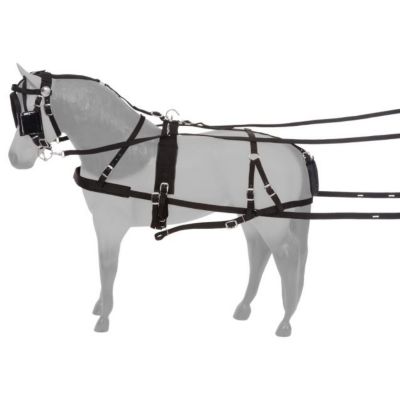




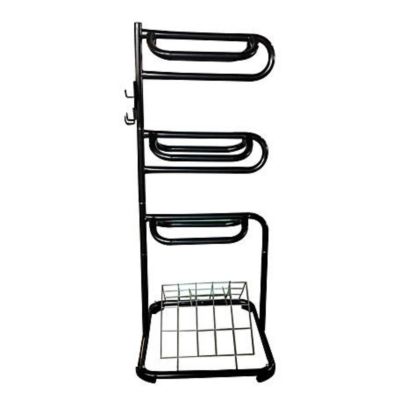
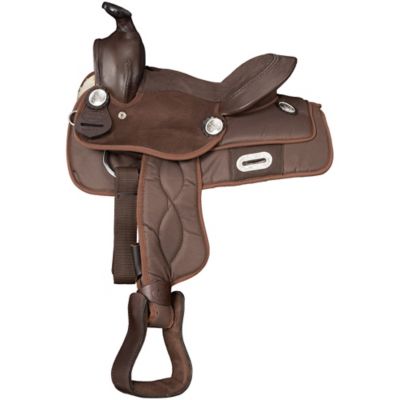
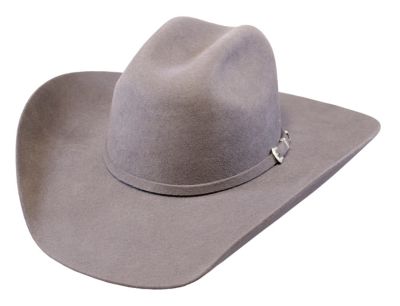
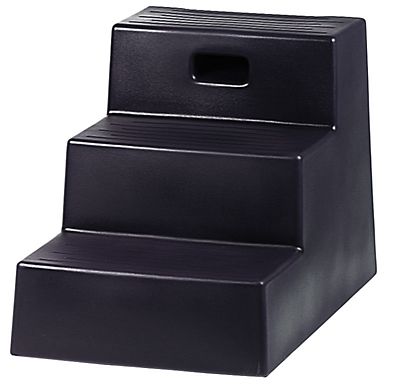
by Peter
It appears to be strong and easy to install. Hope it works well.
by Steve
Easy install. So for so good. Looking forward to use during this show season. We bought to hang in our wash rack for show boer goats.
by Kristen
Easy to install, works as described. Makes for less clutter when grooming and bathing, hose easily reached entire horse. I like not having to drag a hose on the ground.
by Linton
Product functions as advertised. Easy to install and looks great.